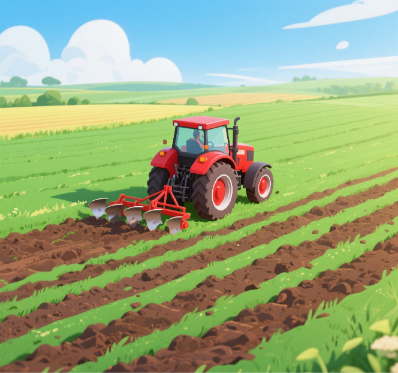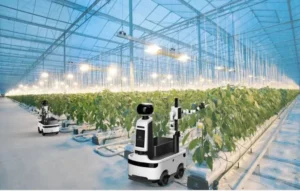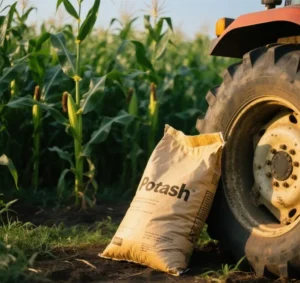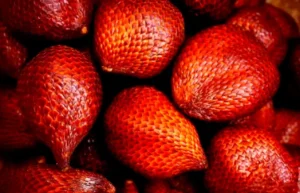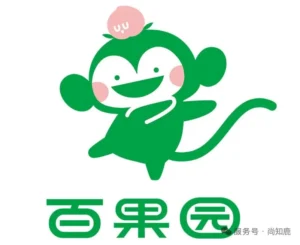According to the latest data from the National Bureau of Statistics, China’s tractor production totaled 265,944 units in the first half of 2025, marking a 7.2% year-on-year decline. However, this decline does not tell the whole story, as industry analysts remain optimistic and forecast full-year production of 500,000 units. This optimism is bolstered by anticipated policy support and robust export demand, the latter of which has emerged as a key driver of growth. China’s tractor exports in the first half of 2025 reached 120,000 units, a remarkable 12% year-on-year increase, with shipments to developing markets, particularly those under the Belt and Road Initiative (BRI), surging by 15%. This export momentum, coupled with domestic policy incentives, suggests a promising recovery in the second half of the year.
Production Trends by Tractor Category
Production trends varied significantly across tractor categories in the first half of 2025, highlighting the industry’s complex dynamics.
Large tractors (over 100 HP) experienced a sudden downturn after a strong start in the first quarter. In June, production stood at 5,688 units, marking a 17.6% year-over-year decline. From January to June, cumulative large tractor production reached 64,359 units, reflecting a 4.1% year-on-year decline. Initial growth in the first quarter, including a 7.6% increase in January and February, was followed by a sharp decline in May (-32.8% year over year), which moderated in June.
Medium tractors (25-100 HP) showed signs of stabilization. June’s production of 15,974 units saw a slight 1.2% year-over-year increase. Cumulative production for the first half of the year was 137,585 units, a 6.9% decrease. After several months of decline, June’s slight rebound indicates that demand may be leveling off.
Small tractors (20-25 HP) continued to experience a persistent decline. June’s production was 10,000 units, unchanged from the previous year. However, the cumulative production for the first six months was 64,000 units, a 15.8% decrease. Although the rate of decline has slowed since the first quarter, this segment remains the weakest in the market.
Full-Year 2025 Forecast and Supporting Factors
Despite the challenges faced in the first half of the year, industry experts predict that 500,000 units will be produced by the end of the year, driven by several key factors.
- Policy Stimulus: Government initiatives, such as subsidies for high-horsepower tractors under the “Replace Old with New” program and export incentives under the BRI, are expected to boost production. Notably, exports to BRI countries accounted for 40% of total overseas shipments in the first half of 2025, with key markets in Africa (up 18% year over year) and Southeast Asia (up 14% year over year) driving demand. These regions are expected to sustain growth momentum in the second half of the year.
- Technological Shifts: The adoption of smart and electric tractors, as well as the increasing implementation of precision farming techniques, is driving the need for technological upgrades in the industry.
- Seasonal Production Patterns: Historical data indicates that production typically rebounds in the second half of the year following a midyear lull. This provides a basis for the optimistic full-year forecast.
Market Challenges and Risks
The path to recovery is not without its hurdles. The tractor industry faces several challenges.
- Export Uncertainties: While there was robust export growth in the first half of 2025, geopolitical tensions pose a threat to shipments to key markets. For example, trade disputes or political instability in certain African or Southeast Asian countries could disrupt future demand. Exports to regions outside the BRI, which account for 60% of total shipments, face higher risks due to tariff fluctuations and currency volatility.
- Overcapacity in the Medium Segment: An accumulation of inventory could impede the recovery of production rates in this category.
- Rural Labor Shortages: As younger farmers prefer larger, automated machinery, the demand for small tractors continues to decline, reflecting a broader trend toward farm consolidation.
Conclusion: A Bifurcated Market
China’s tractor industry is undergoing a structural transformation, characterized by a bifurcated market landscape. Large tractors are expected to dominate future growth, with projected annual expansion exceeding 10%. Medium tractors are likely to remain stable due to strong export demand, particularly to BRI countries, despite facing saturation. Conversely, small tractors will continue their long-term decline as the farming sector consolidates.
Although there were widespread production declines in the first half of 2025, supportive policies and robust export performance are expected to drive a recovery in the second half of the year. This will keep the full-year production target of 500,000 units within reach. The industry’s resilience and adaptability will be crucial in the coming months as it balances domestic policy incentives with geopolitical risks abroad.


